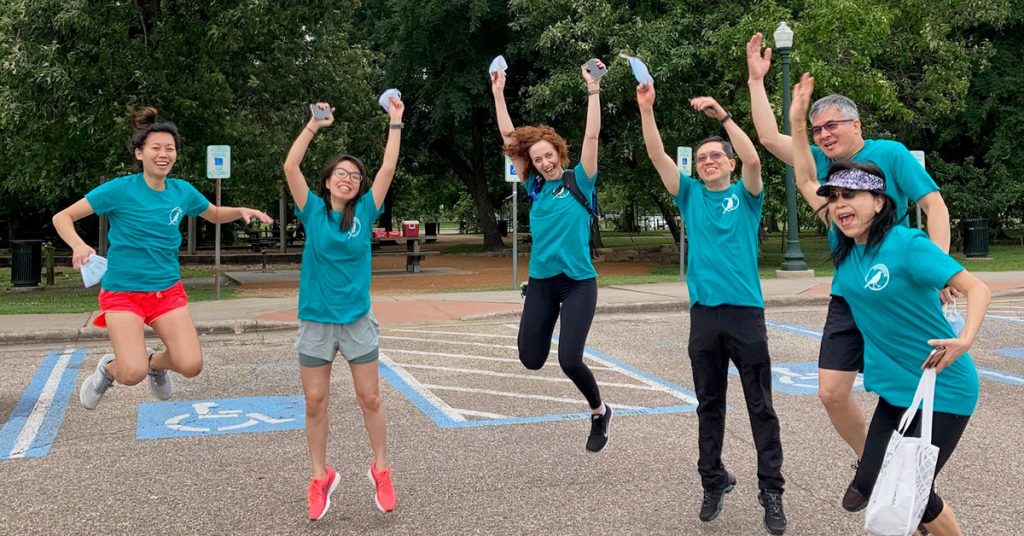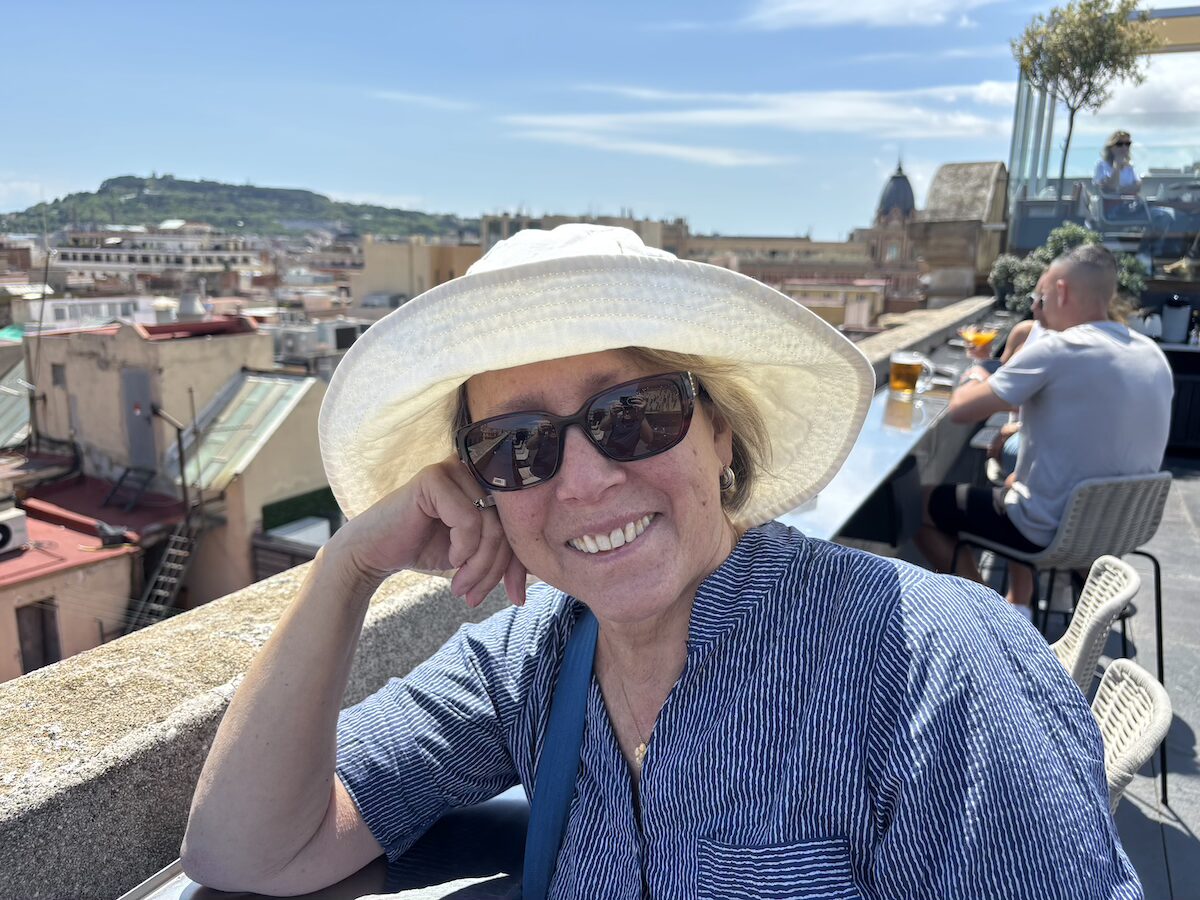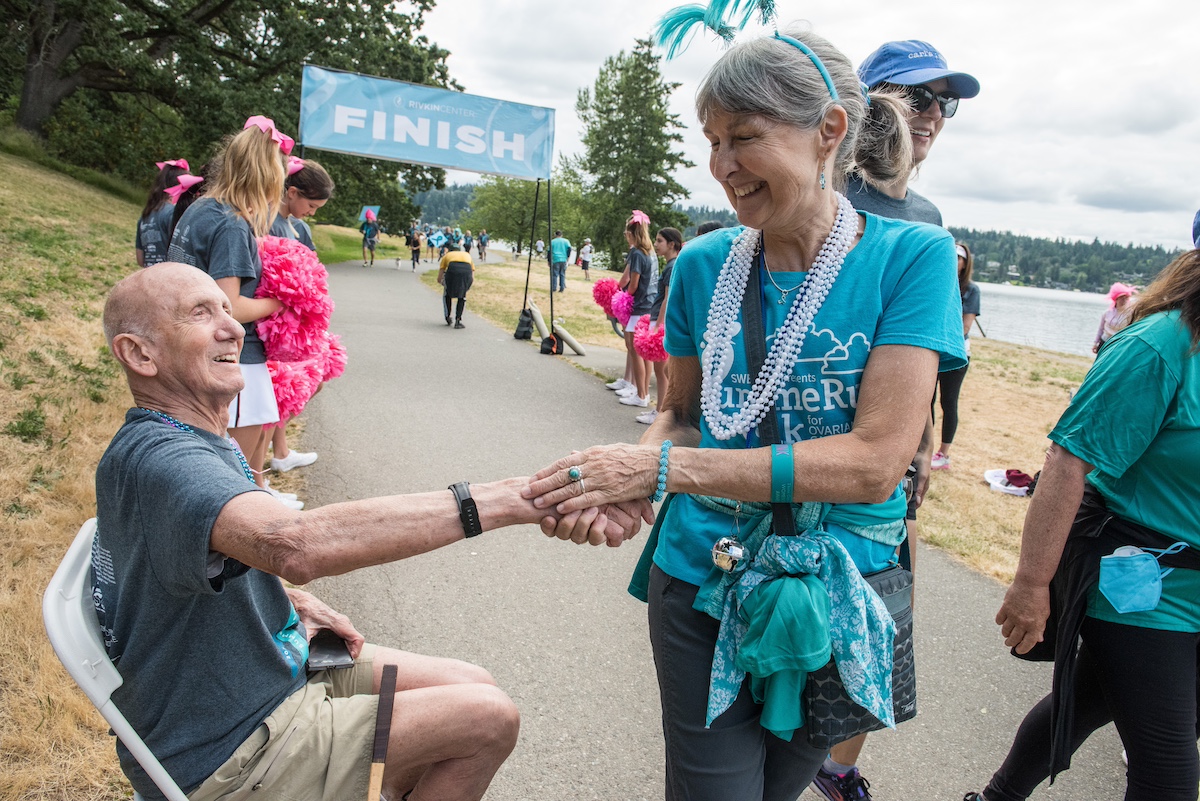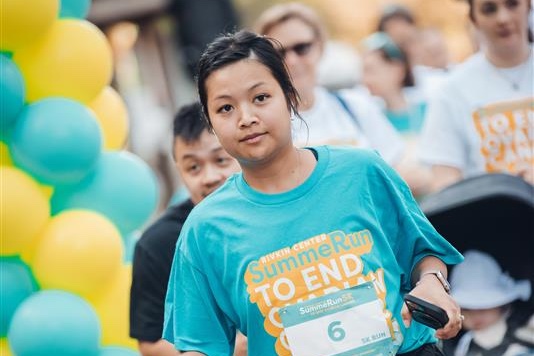
Dr. Sammy Ferri-Borgogno, of UT MD Anderson Cancer Center, is a 2021 recipient of OCRA’s Ann and Sol Schreiber Mentored Investigator Award. With her project, “Spatially-Resolved Cellular and Transcriptome Analyses of Ovarian Cancer,” Dr. Ferri-Borgogno is working to better understand ovarian cancer microenvironments, to find ways to better combat drug resistance.
What initially sparked your interest in science?
I’m a very curious person by nature and I was interested in learning how every little cell, organ, and system in the human body is able to work together to make us what we are. Then I was fascinated by the changes that happen in our cells during cancer development. Every day is a new discovery, a new challenge, a new opportunity for my creative mind to go places that I would never have imagined.
What drew you to the field of ovarian cancer research?
As I mentioned, I am a very curious person. I was drawn to the mechanisms by which tumor cells are able to connect and interact with the cells surrounding them (the cells that make up the tumor microenvironment). A deeper understanding of these interactions and the spatial rearrangements happening in the tumor microenvironment could really open up a new way to treat ovarian cancer — not only with agents targeting the tumor cells specifically, but also with drugs targeting their support system. Ovarian cancer has a quite unexplored tumor microenvironment and its understanding could really change the current treatment regimens and patient outcomes.
Can you explain your research project?
It is of paramount importance to understand why some ovarian tumors are sensitive to anticancer drugs such as carboplatin and paclitaxel treatment and some are not, so that new drugs can be developed to improve the survival rates of these patients.
You can think of the tumor as a house and the microenvironment as its yard and its neighborhood. The house is surrounded by a little ecosystem, and whatever happens in that yard or neighborhood impacts the house. Similarly, what happens in the house impacts the yard. If its yard doesn’t drain after a rainstorm, for instance, a house can flood. In the case of cancer, when a tumor cell grows uncontrollably, it uses the microenvironment to grow faster and spread. The components of the microenvironment interact with each other and with the tumor to enable cancer to grow. The tumor microenvironment gives a tumor all of the nutrients it needs and makes space for the tumor to expand.
Using the house analogy, the spatial composition is akin to where trees and landmarks are placed in the yard. Identifying the location of particular biomarkers within the microenvironment is very important and strategic for understanding cancer development, prognosis, and response to chemotherapy. In our project, we combine a state-of-the-art immune profiling technique with a cutting-edge spatial transcriptomics technique to identify cell subtypes in the tumor microenvironment associated with chemoresistance.
What motivates you to persist in your research?
I am strongly motivated to discover a new way to defeat ovarian cancer because I want patients affected by this disease to be able to live longer and enjoy life. Simple pleasures — such as enjoying the company of family members/friends and being able to pursue your own dreams/interests — are sometimes taken for granted in life. But with a disease such as ovarian cancer, nothing is certain. Being able to offer hope and a chance at another day is a very powerful and inspiring feeling.
What is your hope for the field of ovarian cancer research?
In the next 5 years, I hope that we will be able to offer ovarian cancer patients more tailored therapies that not only focus on targeting tumor cells, but also the tumor microenvironment. And by combining drugs and therapies, I hope we can defeat cancer cells from every possible angle, decrease the number of recurrences, and increase the remission rates.
If you had the opportunity to personally thank someone from the OCRA community who supported your work, what would you say?
I would like to thank Dr. Benton Clark who made an annual contribution to OCRA and Mr. Jonathan Sockolosky who organized the event We’re OVAR It. Both Dr. Clark and Mr. Sockolosky directed their donation to my OCRA-funded research project. I could not be more happy and grateful for this opportunity, and I’m excited to show my progress.
Dr. Ferri-Borgogno’s grant was made possible in part by generous donations from Benton Clark in loving memory of Johanna M. Clark, and from Jonathan Sockolosky.
See more OCRA-funded research projects focused on drug resistance and tumor microenvironments.



